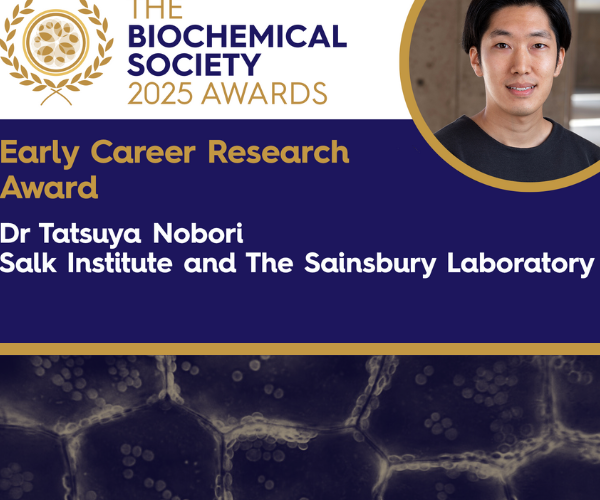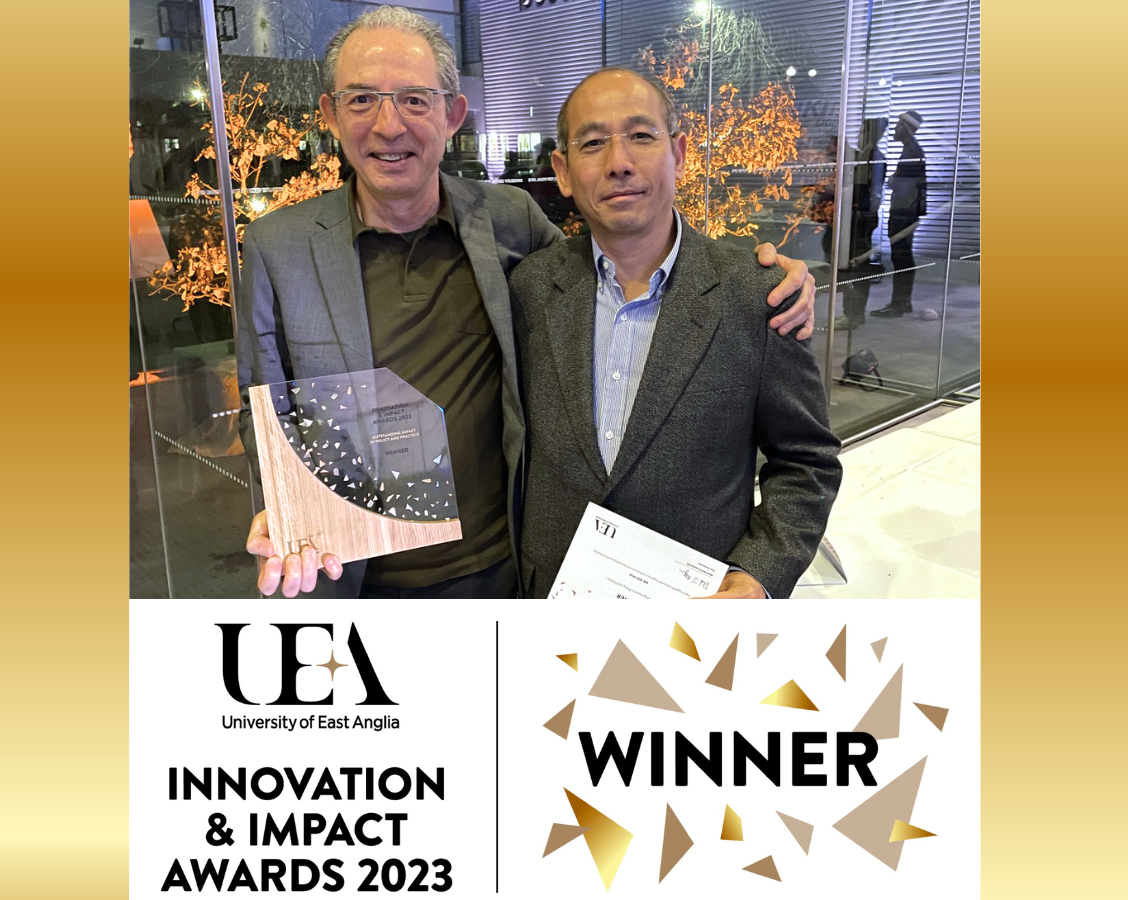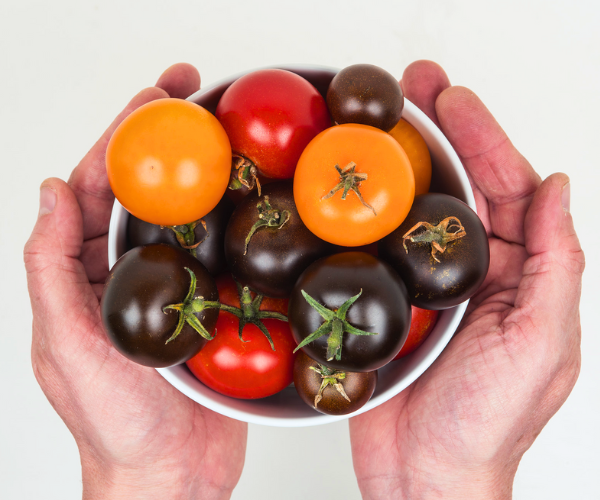Introducing Davies Kaimenyi
In the first of a new series introducing some of the scientists here at The Sainsbury Laboratory, we spoke to PhD student Davies Kaimenyi about the work he’s doing and his career so far.
“My name is Davies Kaimenyi and I am a PhD student from Kenya. I’ve come to The Sainsbury Laboratory to work in the Nick Talbot group on the crop pathogen blast Magnaporthe oryzae in finger millet.
Finger millet is a critical crop in Kenya and sub-Saharan Africa, as it requires minimal plant husbandry and it tends to produce a good crop. But it is not very marketable because it is mostly useful as a flour with which you can make porridge, not many people focus on it.
Blast disease is very widespread. It affects finger millet, but it also kills wheat, rice and barley, so there is a lot of work to do. There is a lot of work done on maize, but not so much on millet. However, it is a great crop for the people, providing a high yield per hectare and generating money.
Because we are working on local landraces of millet, disease, particularly blast, is a major concern because it limits production from around three tonnes per hectare to less than a tonne per hectare, so it is a big loss.
Before joining The Sainsbury Laboratory and the Professor Nick Talbot group I had previously worked with the Norwich Research Park, having previously been introduced to the John Innes Centre on their summer school in Pwani back in 2016.
Before that I gained a BSc degree is agriculture, where I worked on screening coconuts for disease resistance. I really enjoyed doing the practical lab work and found the research fascinating, so I knew I definitely wanted to be a scientist. I then continued my studies and gained an MSc in Agronomy with a Bioinformatics project.
In 2018 I was awarded a ABCF Fellowship in BeCA-ILRI Nairobi, which included intensive Bioinformatics training. I met a lot of the scientists I know am working alongside during that course. I was then introduced to Nick Talbot’s research through my supervisor in Kenya Professor Santie because if you are working on blast, then you will know the work of Nick.
Interacting with world-leading scientists’ day-in-day-out is very inspiring. To work with and speak to people whose names you have read in manuscripts and papers is very exciting. On my first day here, I just remember thinking “whoa”.
The facilities here make the life of a scientist an easy one, as the process of setting up experiments is very short and easy. At the moment, back in my University, if you wanted to do an experiment that takes half a day, you would have to plan that a week in advance and you still wouldn’t be confident you would achieve a reliable result. Here, you do experiments, safe in the knowledge that the result you get may not be the one you want, but it will be reliable, and you will get that result quickly.
In the future I want to keep working on blast disease. First, I am hoping to complete my PhD and if my work is up to the required standard, I would love to get a scholarship to continue and develop my research.”


